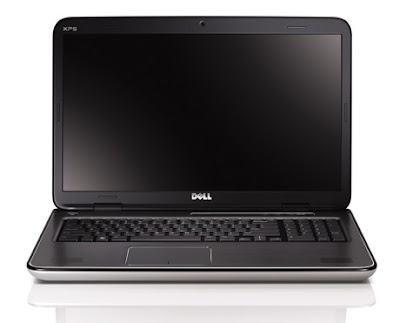Leakers seem to have gotten their hands on what may be the final Windows 7 Service Pack 1/Windows Server 2008 R2 SP1 builds.
(I had heard rumors that Microsoft had put the finishing touches on SP1 in December, but don’t know for sure whether that is true.)
Microsoft officials are not saying whether the latest leaked version is the “real” SP1 release-to-manufacturing version. As usual, the advice to customers is to wait for the official Microsoft-provided SP1 before deploying to avoid potential malware and security risks.
Unlike previous first service packs of Windows — which were an absolute must-have for many business users before they’d even think about deploying the latest Windows variant — the coming SP1 feels a bit anti-climactic. (At least on the client side.)
Microsoft officials have said not to expect any new features in Windows 7 SP1. (There was a Microsoft blog post last year that acknowledged there would be some “feature enhancements” in SP1 around federation services, audio devices and printing.) They’ve also said to expect a couple of new virtualization updates in the server version of SP1, specifically RemoteFX and a dynamic-memory adjustor for Hyper-V.
RemoteFX is a new graphics acceleration platform that is based on desktop-remoting technology that Microsoft obtained in 2008 when it acquired VDI vendor Calista Technologies. The new Hyper-V feature in SP1 will dynamically adjust memory of a guest virtual machine on demand.
For months, Microsoft execs have been telling business users there is no need to wait for SP1 to begin their Windows 7 deployment processes. Quite a few have heeded this call, with Forrester Research estimating that 10 percent of business PCs in North America and Europe already were running Windows 7 as of last fall. Forrester said at that time that 90 percent of those users it surveyed eventually planned to move to Windows 7.
I’ve asked Microsoft officials when MSDN, TechNet, volume and other customers should expect the final SP1 build and was told the company had nothing more to share at this time.
(I had heard rumors that Microsoft had put the finishing touches on SP1 in December, but don’t know for sure whether that is true.)
Microsoft officials are not saying whether the latest leaked version is the “real” SP1 release-to-manufacturing version. As usual, the advice to customers is to wait for the official Microsoft-provided SP1 before deploying to avoid potential malware and security risks.
Unlike previous first service packs of Windows — which were an absolute must-have for many business users before they’d even think about deploying the latest Windows variant — the coming SP1 feels a bit anti-climactic. (At least on the client side.)
Microsoft officials have said not to expect any new features in Windows 7 SP1. (There was a Microsoft blog post last year that acknowledged there would be some “feature enhancements” in SP1 around federation services, audio devices and printing.) They’ve also said to expect a couple of new virtualization updates in the server version of SP1, specifically RemoteFX and a dynamic-memory adjustor for Hyper-V.
RemoteFX is a new graphics acceleration platform that is based on desktop-remoting technology that Microsoft obtained in 2008 when it acquired VDI vendor Calista Technologies. The new Hyper-V feature in SP1 will dynamically adjust memory of a guest virtual machine on demand.
For months, Microsoft execs have been telling business users there is no need to wait for SP1 to begin their Windows 7 deployment processes. Quite a few have heeded this call, with Forrester Research estimating that 10 percent of business PCs in North America and Europe already were running Windows 7 as of last fall. Forrester said at that time that 90 percent of those users it surveyed eventually planned to move to Windows 7.
I’ve asked Microsoft officials when MSDN, TechNet, volume and other customers should expect the final SP1 build and was told the company had nothing more to share at this time.


































